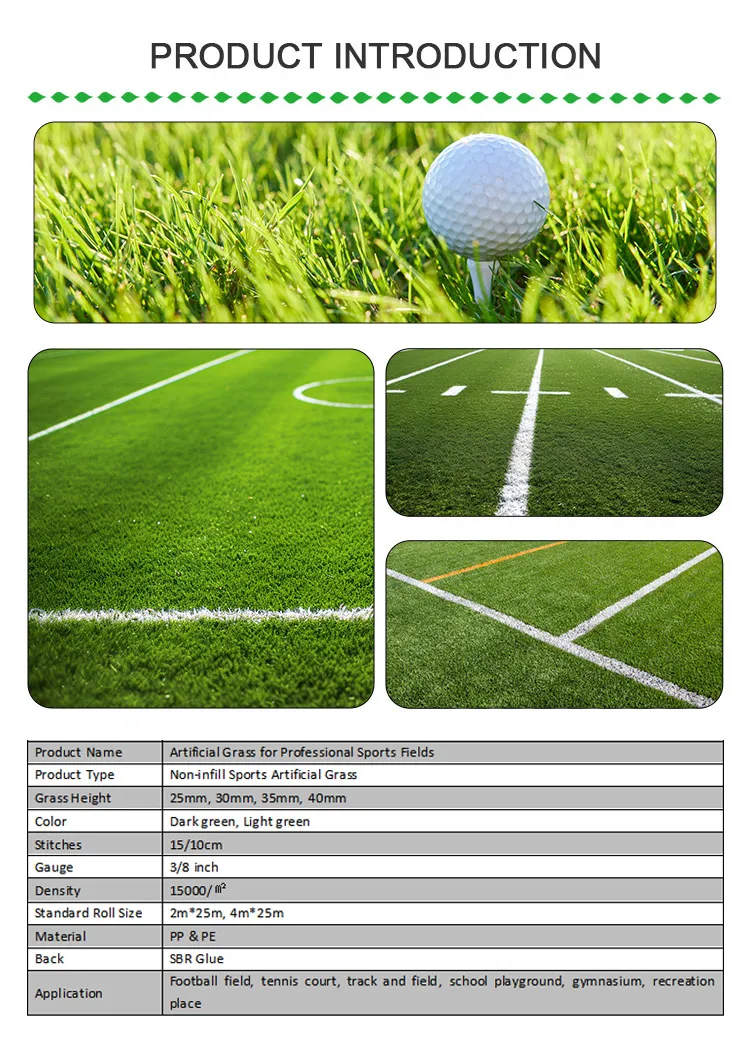
- Afrikaans
- Arabic
- Belarusian
- Bengali
- Czech
- Danish
- Dutch
- English
- Esperanto
- Estonian
- Finnish
- French
- German
- Greek
- Hindi
- Hungarian
- Icelandic
- Indonesian
- irish
- Italian
- Japanese
- kazakh
- Rwandese
- Korean
- Kyrgyz
- Lao
- Latin
- Latvian
- Malay
- Mongolian
- Myanmar
- Norwegian
- Persian
- Polish
- Portuguese
- Romanian
- Russian
- Serbian
- Spanish
- Swedish
- Tagalog
- Tajik
- Thai
- Turkish
- Turkmen
- Ukrainian
- Urdu
- Uighur
- Uzbek
- Vietnamese
Benefits of Using Artificial Lawn Turf for a Perfect Outdoor Space
Dec . 04, 2024 12:49 Back to list
The Rise of Artificial Lawn Turf A Green Revolution for Modern Living
In recent years, the demand for artificial lawn turf has skyrocketed as homeowners and businesses alike look for sustainable alternatives to traditional grass. This synthetic landscaping solution offers numerous advantages, including lower maintenance costs, water conservation, and year-round aesthetics. As more people seek effective ways to enhance their outdoor spaces while considering environmental implications, artificial lawn turf stands out as a transformative option.
A Sustainable Choice
One of the primary benefits of artificial lawn turf is its sustainability. Traditional lawns require significant amounts of water, especially in regions prone to drought. According to the Environmental Protection Agency (EPA), outdoor water use accounts for nearly 30% of total residential water use, with a substantial portion dedicated to maintaining lawns. In contrast, artificial turf requires minimal water, as it remains green and lush without the need for regular irrigation. This conservation of water resources is crucial in combating climate change and preserving vital ecosystems.
Moreover, the use of synthetic turf eliminates the need for fertilizers, pesticides, and herbicides, which are often harmful to the environment. By reducing chemical runoff, artificial turf contributes to cleaner waterways and healthier soil. Homeowners can enjoy a beautiful landscape without contributing to pollution or damaging local flora and fauna.
Low Maintenance, High Aesthetic Appeal
Maintaining a natural lawn demands time, effort, and financial resources. Frequent mowing, aeration, reseeding, and pest control can add up to a considerable expense over time. In contrast, artificial lawn turf requires little to no maintenance. Once installed, it is virtually hassle-free—requiring occasional brushing and rinsing to remove debris. This ease of maintenance allows homeowners to enjoy their outdoor spaces without the burden of constant upkeep.
Aesthetic appeal is another factor driving the popularity of artificial turf. Homeowners can achieve a vibrant, perfectly manicured lawn year-round, regardless of weather conditions. This consistency is particularly advantageous for those living in regions with extreme climates, where natural grass may struggle to survive. With advancements in technology, modern artificial turfs closely mimic the look and feel of natural grass, making them an attractive option for residential and commercial properties alike.
artificial lawn turf

Versatility and Durability
Artificial lawn turf is not limited to backyards; its versatility allows it to be used in various settings, including playgrounds, sports fields, golf courses, and even rooftops. Its durability makes it suitable for high traffic areas, where natural grass would quickly wear out. Parents can take comfort knowing that their children can play on a soft, safe surface that won’t get muddy, while athletes can enjoy consistent playing conditions irrespective of the weather.
Additionally, artificial turf is a great solution for urban areas where space is limited. It can transform balconies, courtyards, and urban gardens into green retreats. As cities grow and natural green spaces diminish, synthetic lawns provide a practical solution for those seeking a touch of nature in their living environments.
Economic Considerations
While the initial investment of installing artificial lawn turf may be higher than that of natural grass, the long-term savings can be significant. Lower water bills, reduced maintenance costs, and the extended lifespan of turf—often lasting 15 years or more—make it an economically viable option. As homeowners become more financially conscious, the appeal of artificial turf as a cost-effective landscaping solution grows.
Conclusion
The rise of artificial lawn turf represents a shift towards more sustainable and practical landscaping solutions. With its myriad benefits—water conservation, low maintenance, versatility, and economic advantages—it’s no surprise that many are opting for this modern alternative to traditional grass. As we continue to navigate the challenges of climate change and urbanization, artificial lawn turf is poised to play a crucial role in transforming our outdoor spaces into greener, more sustainable environments. In the pursuit of greener living, artificial turf may just be the very foundation upon which we build our landscapes.
-
The Benefits of Artificial Turf for Indoors
NewsJul.15,2025
-
How Artificial Grass Suppliers Ensure Quality Products
NewsJul.15,2025
-
Artificial Grass and Pets: A Space for Relaxation
NewsJul.08,2025
-
Balcony & Outdoor Decoration with Artificial Grass
NewsJul.08,2025
-
Best Indoor Artificial Grass for Home
NewsJul.07,2025
-
Best Pet Turf for Dogs: Safe & Durable Artificial Grass Options
NewsJul.07,2025
Products categories









